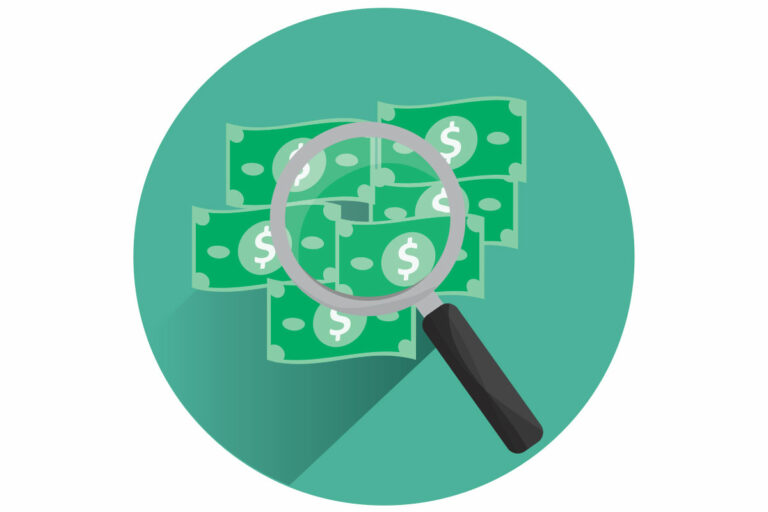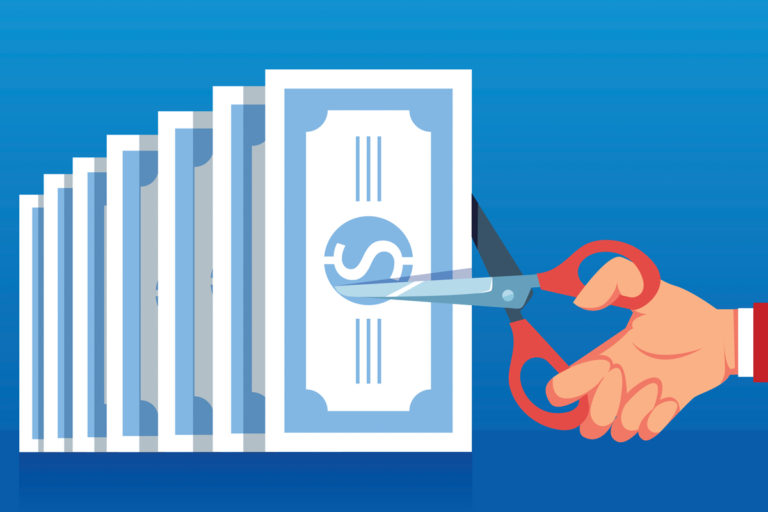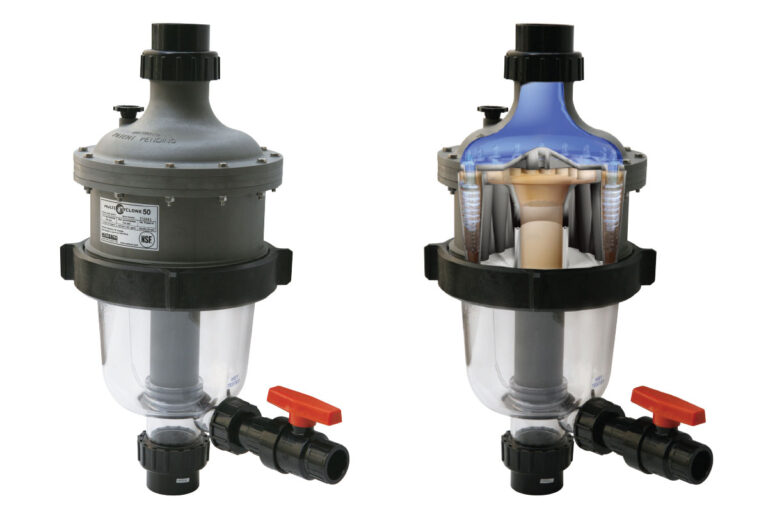Where’d Our Money Go?
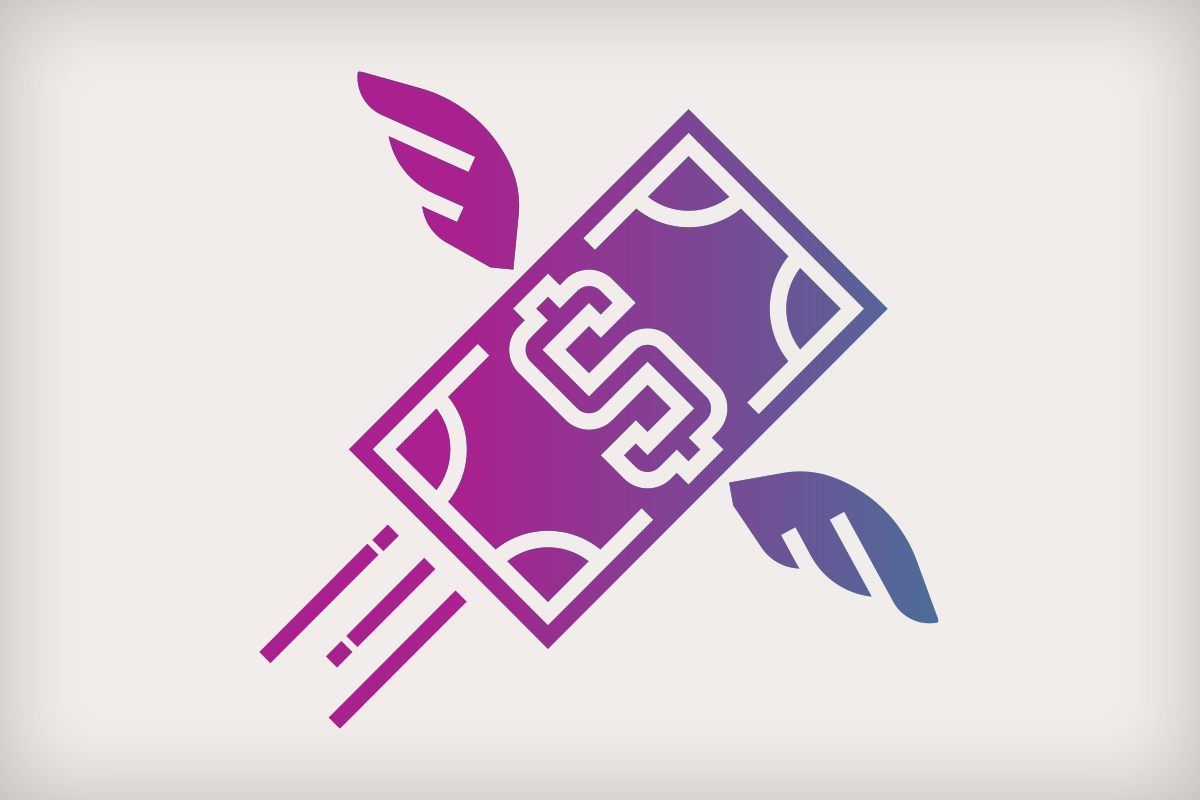
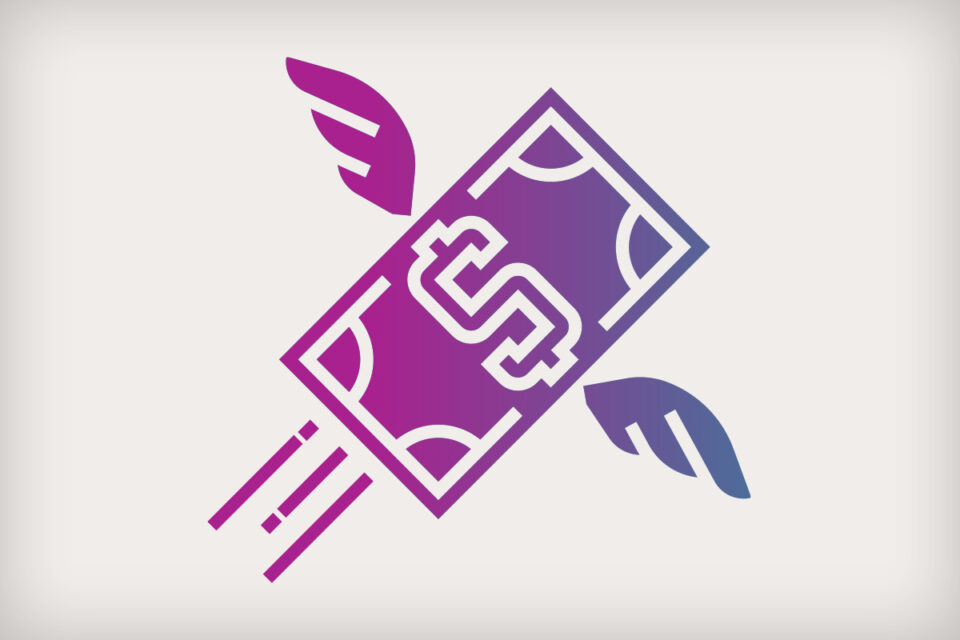
It happened again. A few months ago you had your annual meeting with your CPA and he or she told you the same thing they have told you year after year. “John, you had a great year. Your net profit was $88,000 last year, which you will pay taxes on.” Wow, that made you feel really good until you looked in your bank account. The bank account didn’t have anywhere near that amount of money in it. So where is it?
Debt, in the form of loan payments, is a silent killer, kind of like carbon monoxide. You feel good while it’s sucking the life out of you. Every loan payment is made up of two parts: The principle, which is the portion of the loan payment that actually applies toward paying for the vehicle, or piece of equipment, you purchased; and the interest, which is money it is costing you to borrow from the bank or lending institution.
How does that hurt your profitability and taxes? Principle and interest are handled differently from an accounting/IRS standpoint. The interest portion of the loan payment is treated as an expense in terms of your profit-and-loss statement. The principle portion of the loan goes off to never-never land. It’s in your assets and liabilities, but it does not show up in your P&L statement, and that is what your profitability is based on for tax purposes.
An example: Our sample company grossed $1,000,000 in annual sales. At the end of the year, the net profit on the P&L statement was $73,500. This same company has the following loan payments:
Principle Interest Total Loan Payment
Vehicle Loan #1 $567 $123 $690
Vehicle Loan #2 $463 $99 $562
Vehicle Loan #3 $614 $137 $751
Equipment Loan $512 $107 $619
The total interest for the year is $5,592 ($466/month x 12 months = $5,592). Interest is treated as an expense by Uncle Sam and shows up that way on your P&L statement. The total principle paid was $25,872 ($2,156/month x 12 months = $25,872) but it does not show up in your P&L statement. That’s right. You wrote the check, and the money came out of your account, but you are not allowed to count the principle as an expense. Only the $5,592 interest showed up in your P&L statement. Ouch.
Real Profit
Now back to our CPA’s annual review. Based on Uncle Sam’s rules, the company made a $73,500 net profit. However, from a cash-flow standpoint (real dollars in, real dollars out) the company made a $47,628 net profit ($73,500 – $25,872 = $47,628). This dollar figure should be somewhat closer to what you really had in the company checkbook.
Taxed on Money You Don’t Really Have
The above helps explain the difference in the profit your CPA and Uncle Sam say you have verses what’s really in your account. However, it’s also telling you something else: You’re paying taxes on money that’s not in the bank.
General debt repayment — paying back money on a line of credit, personal loan or credit card — is even worse than loan repayment. These types of “loans” are pretty much all principle. That means any money flowing out to pay for these things is ignored in terms of being able to count it as an expense.
The Solution
The fix is really pretty simple: Stay out of debt by properly pricing products and services. That covers two areas:
Equipment replacement versus depreciation
Depreciation is an accounting term that allows the company to write off a portion of the original purchase price, normally over a five-year period. But even that is looking at original costs, not future replacement costs. Equipment replacement cost deals with what it is going to cost you to replace it years in the future.
For example, let’s assume an existing truck will last the company three more years and will cost a net $30,000 after trading in the old vehicle. You then take the needed $30,000 and divide it by the three years you have left before replacement. That means the company will need to set aside $10,000 per year over each of the next three years to replace the current vehicle with cash.
That sounds like a great idea, but there is a catch: The equipment replacement dollars you put back is an expense to you (from a cash-flow perspective). To Uncle Sam, it’s profit — and he will tax it.
Earn a reasonable profit
Price your products and services at a proper net profit, from a cash-flow perspective. A well-run company should generate a roughly 12% net profit or more to cover company growth. It will fund increased inventory and your growing accounts receivable while providing cash to purchase new equipment and vehicles. Generating a significant net profit will help keep the company out of debt. Now you know where the profit dollars your accountant said you had went. You also know how to stay out of debt. There is a huge difference in knowing what to do and doing it. The choice is yours.


